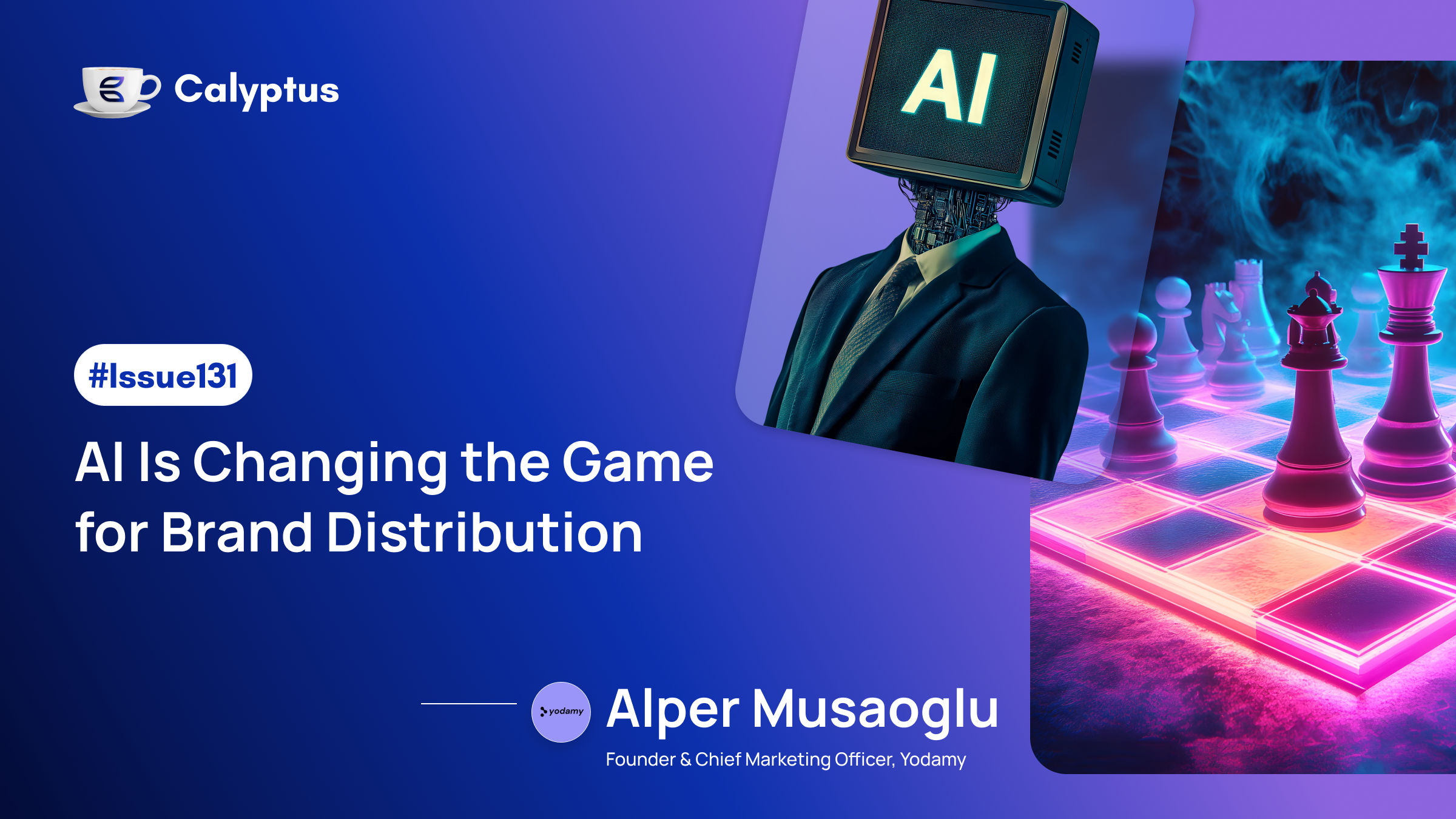The Visibility Illusion
Most job seekers operate under a simple assumption: the more you apply, the better your odds. Volume feels like control. But in an algorithm-driven market, volume without precision actually reduces your chances.
Every platform, from LinkedIn to niche AI-powered job boards, filters candidates using machine learning models. These systems analyze data points, résumé keywords, engagement patterns, skills taxonomy, to predict relevance. When you flood the system with inconsistent information or scattershot applications, you muddy your signal.
You’re not invisible because you’re inactive. You’re invisible because the system can’t classify you.
Why Algorithms Prefer the Quiet Professionals
AI doesn’t see effort; it sees coherence.
The best AI job search platforms don’t just index your résumé, they build a semantic understanding of who you are: your skill clusters, industry fit, and adjacent potential. Every time you edit your profile, add a keyword, or engage meaningfully, that model gets sharper.
What the system rewards is clarity, not constant movement. Candidates with clear, stable profiles, consistent language, quantifiable outcomes, and aligned industry terms are more likely to be surfaced to recruiters automatically.
The professionals who seem “lucky” aren’t gaming the system. They’ve simply learned how to feed it good data.
The New Visibility Equation
Visibility used to mean presence, posting often, sending messages, applying broadly. Now, it means precision.
Here’s how to get noticed without shouting:
- Define your signal.
Choose one clear narrative. If your résumé, portfolio, and LinkedIn headline each tell a slightly different story, AI models treat you as noise. Anchor your identity to your strongest skill intersection and stick to it. - Optimize for readability.
Use standard job titles, structured bullet points, and measurable outcomes. Fancy formatting and vague buzzwords confuse ATS parsing. The goal is not to impress a human, it’s to translate for a machine that eventually routes you to one. - Focus on metadata.
On AI-driven job platforms, details like location preference, role type, and skills tags carry disproportionate weight. Incomplete fields kill discoverability. - Engage selectively.
Quality beats frequency. Commenting thoughtfully on one relevant thread or posting one insight-rich update does more than ten generic reactions a week. Algorithms recognize meaningful engagement differently from empty clicks. - Let the system learn you.
Once optimized, resist the urge to tweak constantly. AI models rank candidates partly on behavioral stability. Frequent edits can reset learning, lowering your ranking.
Passive Visibility Beats Active Noise
There’s a reason recruiters increasingly rely on passive discovery. AI tools like LinkedIn Recruiter, Workday, and Calyptus’ talent intelligence systems can identify high-fit candidates before they apply.
That means you don’t need to constantly pitch yourself, you need to be searchable.
The best candidates are being pulled into opportunities. Their digital footprint, clean data, verified projects, keyword alignment does the outreach for them.
McKinsey found that companies adopting AI-powered recruiting see a 40% faster time-to-hire largely because passive talent matching has become more accurate than active sourcing.
That’s the paradox of modern visibility: you rise by staying still strategically.
Visibility as a System, Not a Performance
What most job seekers get wrong is assuming visibility is a performance, a race to stay in front of everyone’s eyes. But the system doesn’t reward spectacle; it rewards structure.
You don’t need to shout to be seen. You need to design your digital presence so algorithms can identify your strengths, verify your output, and route you to the right opportunities.
In an AI-driven market, the visible candidate isn’t the one applying everywhere. It’s the one who’s impossible to miss because their data tells a consistent, credible story.
Stop trying to out-post, out-apply, or out-hustle. Start building a signal strong enough to surface on its own. That’s how visibility works now quietly, algorithmically, and in your favor.
Sources
- McKinsey, AI in Talent Acquisition and HR — https://www.mckinsey.com/capabilities/people-and-organizational-performance/our-insights/ai-in-talent-acquisition-and-hr
- Workday, What Skills-Based Hiring Means in the Age of AI — https://blog.workday.com/en-us/what-skills-based-hiring-means-in-the-age-of-ai.html

.png)


